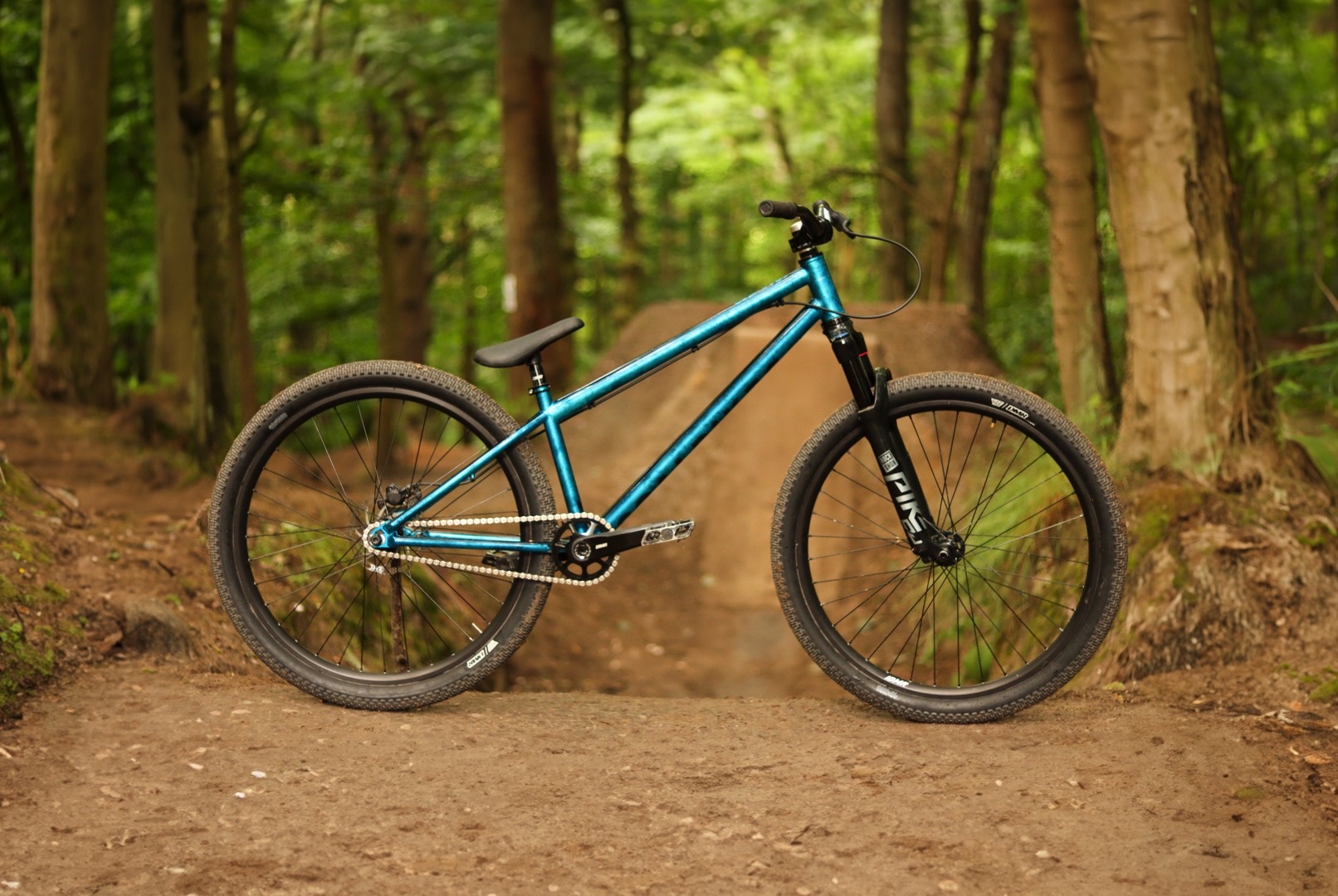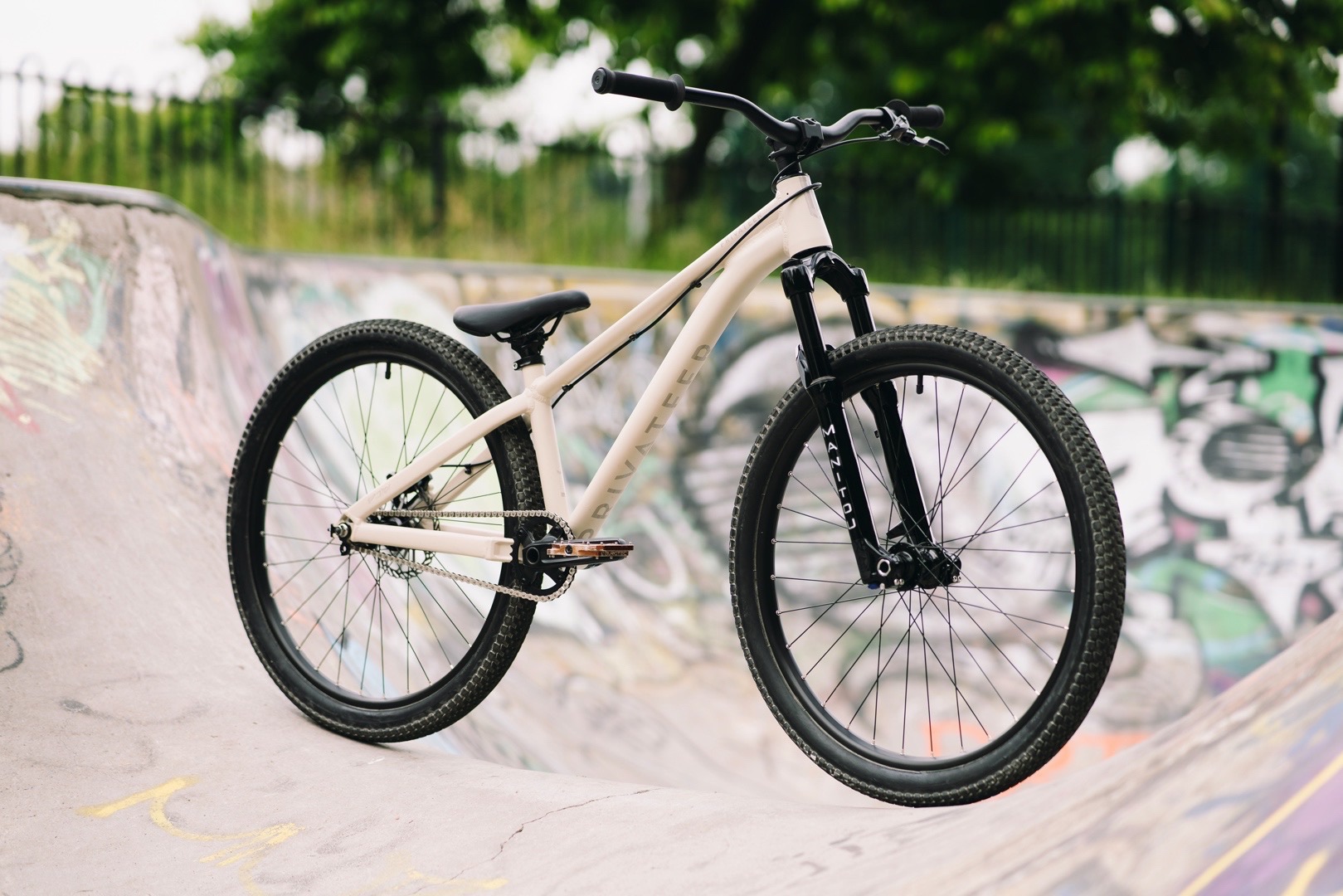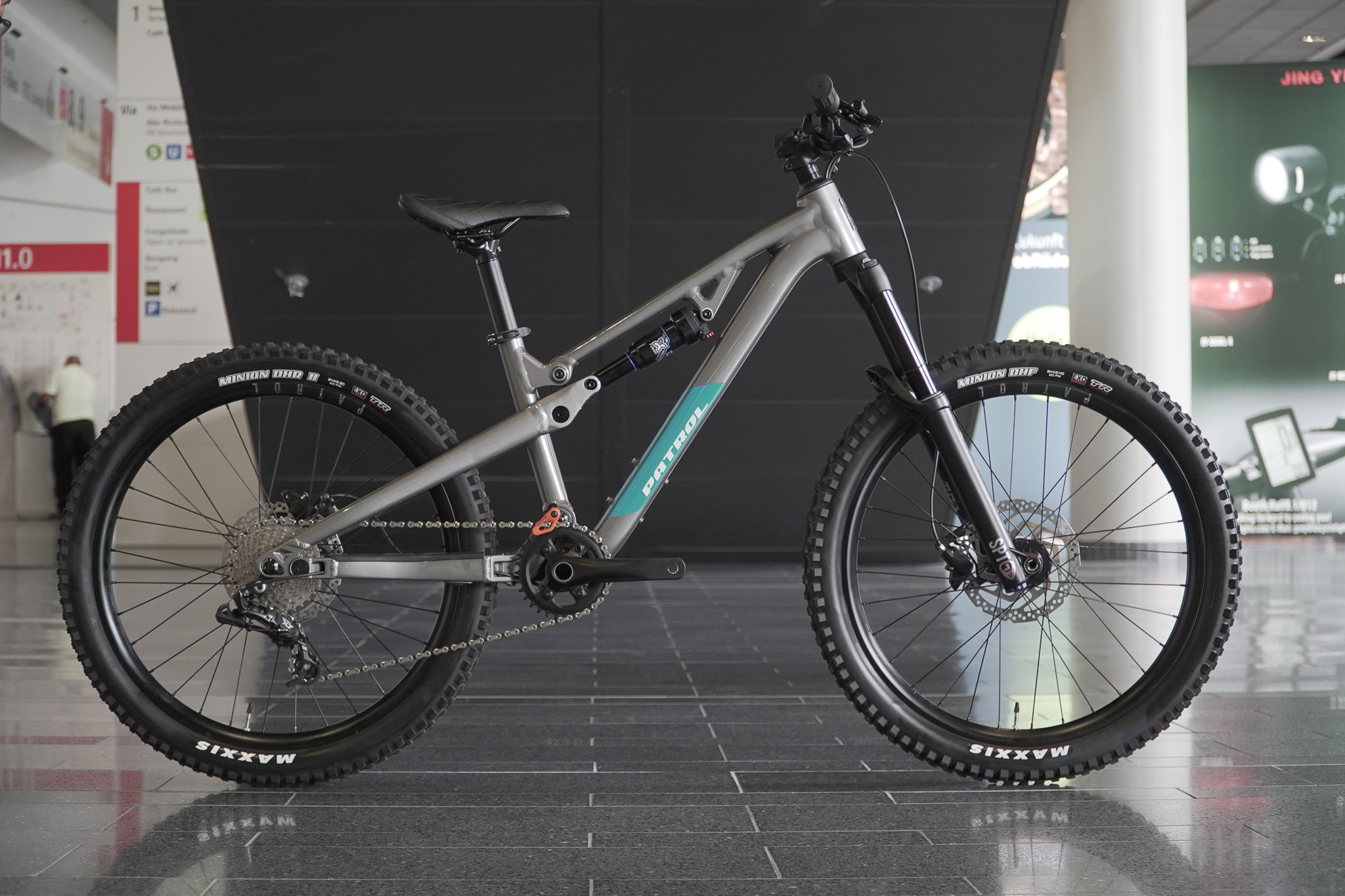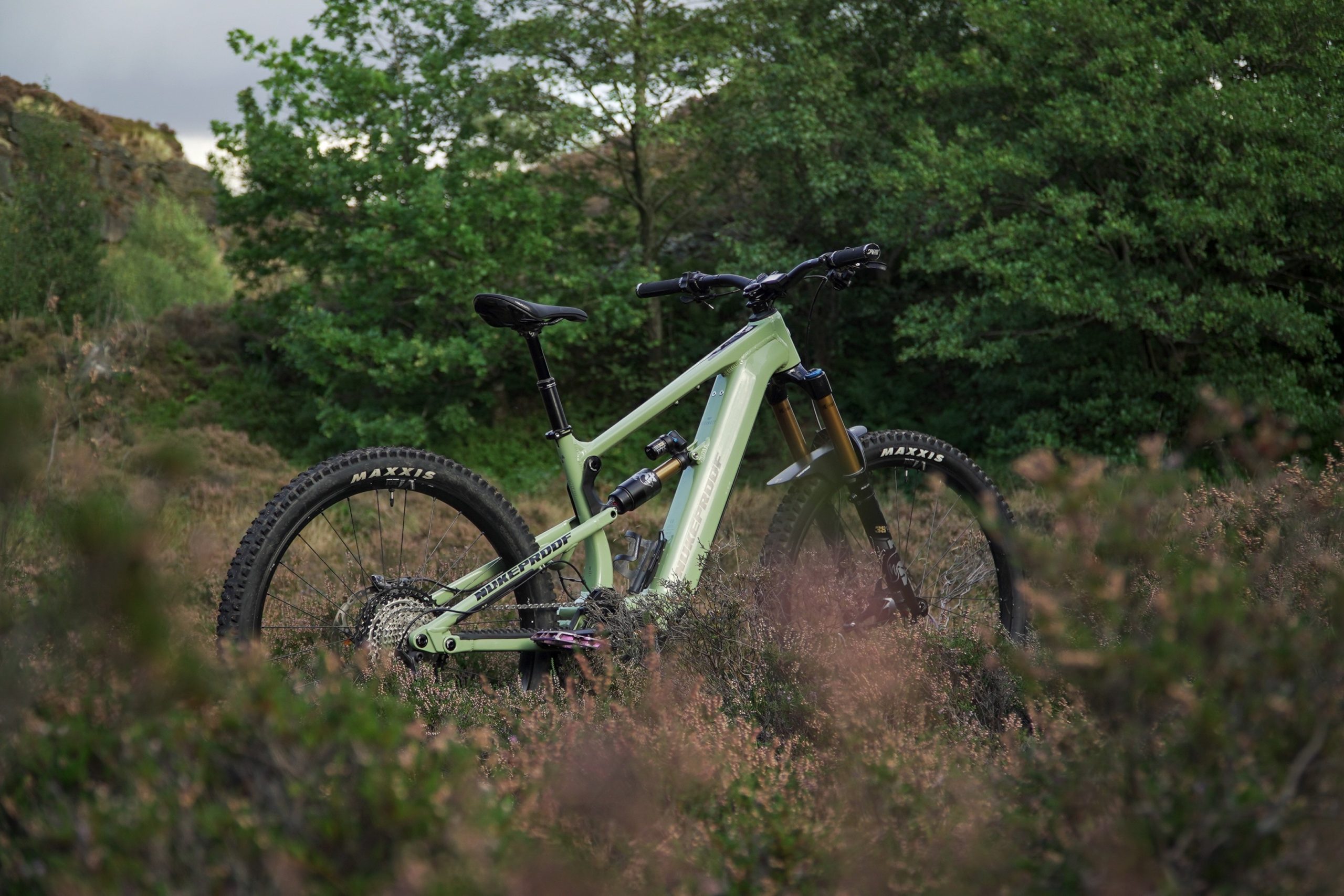The concept of a mullet bike is becoming increasingly popular among riders who want to experience the best of both worlds. A mullet bike features a combination of wheel sizes, with a larger 29” wheel at the front and a smaller 27.5” wheel at the rear. This combination offers a balance of stability and agility, which can be beneficial to riders in different ways. However, it is important to understand that choosing to mullet your bike is a big decision, as it can be both expensive and have a significant impact on the geometry of your bike.
The larger 29” wheel provides increased stability, rollover ability and grip, which can be especially helpful when riding in rocky terrain. The 29” wheel is less likely to hang up on obstacles and the increased stability of the bike can make for a more controlled ride. For riders who are often kicked up the butt by their rear wheel when riding down steep trails, a smaller rear wheel can help with clearance.

For riders who want to experience livelier cornering, a smaller 27.5” wheel can be a great option. This wheel size is easier to flick from side to side, providing more room for gymnastic shapes and more agility on the trails. In addition, the reduced rotating mass and smaller diameter mean that the 27.5” wheel accelerates faster, which can help generate speed faster when riding through transitions and berms.
So, should you mullet your bike? Ultimately, the decision to mullet your bike will come down to your personal riding style and preferences. However, by understanding the benefits of each wheel size, you can make an informed decision that will help you get the most out of your rides.
So what are the benefits of mulleting my bike?
Riding a mulleted bike is the latest trend in mountain biking and for good reason. Not only does it give you a fresh look, but it also offers a range of benefits that will elevate your riding experience. Let’s dive into what makes mulleting your bike worth considering.
First and foremost, mulleting brings more control in rocky terrain. With a larger 29” wheel, you’ll roll over square-edged hits like rough rock gardens with ease. The wheel will hang up less, and the steering will be more controlled, making for a smoother and safer ride.

For those who love steep descents, mulleting also increases ass clearance. No more getting kicked up the butt by your rear wheel over steep drops. By fitting a smaller rear wheel, you’ll have better clearance and more room to try new tricks with confidence.
In addition to improved control, mulleting also offers livelier cornering. If your 29er feels a bit cumbersome in corners, or if you’re all about taking the inside line, switching to a 27.5” rear wheel can greatly improve your cornering experience. The smaller rear wheel is more manoeuvrable, making it easier to flick from side to side, and it provides more clearance for acrobatic movements.
Finally, mulleting can provide slacker geometry, perfect for riders who love to go off the brakes. The larger 29” front wheel provides increased stability, slackening out the head-angle and reducing rolling resistance, which speeds up your ride. Whether you’re a fan of technical descents or prefer a more relaxed, stable ride, mulleting is an upgrade worth considering.

Cons to mulleting your bike.
Changes to Bike Geometry: Mulleting your bike, or the addition of a larger or smaller wheel, can significantly impact its geometry by altering the head and seat tube angle, shortening the reach, and raising or lowering the bottom bracket.
Bottom Bracket Height Variation: The bottom bracket height can change significantly depending on the size of the new wheel and its placement on the bike. This can lead to pedal strikes if the bottom bracket height is already low.
Shorter Reach: The effective reach of the bike is reduced when the front is raised or the rear is lowered, causing the bike to feel more compact. To maintain a similar reach, you may need to fit a longer stem or adjust the rise on your handlebar.
Increased Cost: Mulleting your bike can be an expensive process, requiring the purchase of a new wheel and tire, and possibly a new fork and rotor.

The necessity of Upgrading the Front Rotor: If you opt for a larger 29” front wheel, it’s advisable to upgrade your front rotor for improved braking performance. An upgrade from a 180 mm rotor to a 200 mm rotor or from a 200 mm rotor to a 220 mm rotor can increase braking torque by 30% without adding significant weight.
Limitations on Tire Choice: If you try to squeeze a 29” wheel into a 27.5” fork, it may limit your tire choice due to tight clearances. This practice is not recommended as it can compromise the stability and safety of the bike
It may also void your warranty. If your bike is under warranty it’s worth checking first.
In conclusion
Mulleting your bike is a great option for anyone looking to enhance their riding experience. With its range of benefits, including improved control, increased clearance, livelier cornering, and slacker geometry, mulleting can help you take your mountain biking to the next level.





